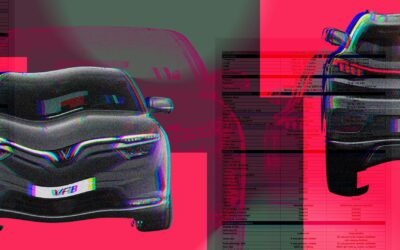The United States automobile market is experiencing a huge transformation towards 100% all-electric mobility and the process is accelerating.
We recently saw reports for the month of January, when the share of new light-duty, battery-electric vehicle (BEV) registrations in the country exceeded 7 percent of the total volume.
But not only is the general volume increasing. The whole market is expanding, including more and more models to choose from.
The Department of Energy (DOE)’s Vehicle Technologies Office states that the number of available BEV models nearly doubled from 20 in the 2021 model year to 38 in the 2022 model year. That’s the highest growth ever and a clear sign that more manufacturers are joining the segment.
One of the most interesting findings is also that for the first time since 2014, the number of BEV models available on the market in the US is higher than the number of plug-in hybrid models (PHEVs). That’s another very important indicator of where the market heads. After quite some time of adding plug-in hybrid versions of existing conventional cars, manufacturers are going all-electric.
That’s something different than a decade ago when there was a higher number of BEVs than PHEVs, but those were often very limited compliance cars (low volume, limited availability). Now, many of the new BEVs are based on specially developed new all-electric platforms, in which manufacturers invested heavily.
“Note: FuelEconomy.gov has multiple configurations, thus multiple records for a single model name. In these data, each model name was counted only once.
Source: U.S. Department of Energy and U.S. Environmental Protection Agency, Fuel Economy data, queried January 24, 2023.”
Time will tell whether BEVs will vastly outnumber PHEVs in the coming years or not, but our bet is that plug-in hybrids will not grow as fast as all-electric cars this decade.
Another important element of the transformation is that more and more all-electric cars, their batteries, as well as battery materials and other components, are produced locally.







0 Comments